Full Guide To Iolite vs. Tanzanite (This is the Difference)

In order to work with our crystals effectively, we need to understand their properties. With crystals that look similar or have similar uses, such as iolite and tanzanite, it can be difficult to determine which one to work with. The answer should always be; the one that you are drawn to the most. However, if you are looking to find the difference in physical appearance as well as metaphysical properties, you’ll find your answer here.
Tanzanite is a rarer and more vibrant stone than iolite. However, the latter is harder and thus more durable, as well as more affordable. Spiritually, iolite represents intuition, exploration, and dreams, while tanzanite is associated with magic, new beginnings, and fortune.
Continue reading if you want to know more about the (physical) qualities of these stones, as well as how you can use them in your spiritual practice.
Also read: Amethyst vs. Tanzanite: This Is The Difference
Want more help or information? If you have any more questions after reading this blog post or want a personal answer for your specific situation, join the free Facebook group! We promise you’ll get an answer from either our team members or a community member.
Iolite vs. Tanzanite – How To Tell The Difference?
In order to understand the difference between these two stones, we can look at their color, shape, pattern, clarity, and more. Below we’ll describe all these aspects in detail.
Chemical Composition
The geological name for iolite is cordierite. However, when it is transparent and of high quality, the stone is often referred to as iolite. It is a silicate with inclusions of magnesium and/or iron. These elements cause its blue/violet color.
Tanzanite is a blue variety of zoisite. The stone contains vanadium elements which are responsible for its blue hues.
Color
The blue/purple variety of zoisite is called tanzanite, and gets its color from trace amounts of vanadium. Zoisite also comes in a variety of other colors, including yellow, blue, and pink. When the blue variety of zoisite is heated to 600 degrees C, the vanadium oxidizes and changes color. The more saturated the color, the more valuable the stone will be. Most tanzanite will be violet/blue, but high-quality stones can also show reddish/brown colors.
This stone displays a unique phenomenon called trichroism, which means that light that passes through the stone can have a different color, depending on what side it is looked at. In the video below, the trichroism is shown in high-quality tanzanite:
Iolite is blue or violet in color, but is also pleochroic, like tanzanite. The difference between these two stones is that tanzanite can display 3 different colors depending on the angle; iolite only shows two. Apart from its blue hue, it can appear clear, grey, or yellow when looked at from different directions.
Also read: Purple Fluorite vs Amethyst: This Is The Difference
Pattern and Clarity
Tanzanite and iolite are transparent when high quality, but they may also contain inclusions and imperfections. Larger pieces of iolite have milky spotted imperfections. Smaller pieces may also contain internal fractures from mishandling. These imperfections will affect its behavior towards light, hence reducing its value.
Tanzanite commonly only has smaller inclusions that cannot be seen with the naked eye. So, if tanzanite does have visible inclusions, this drastically lowers the value.
Both tanzanite and iolite have vitreous (glass-like) luster.


Hardness
Iolite is harder compared to tanzanite; Iolite rates 7-7.5, while tanzanite scores 6.5 on the Mohs scale.
If you’re unfamiliar, the Mohs scale of hardness determines a stone’s hardness by measuring how scratch-resistant it is. According to this scale, a stone can scratch any other mineral with a lower score. For reference, talc is a 1, whereas diamond is a 10.
In this case, tanzanite is slightly more prone to chipping and scratches than iolite. Still, both are hard enough to wear as jewelry.
Location
Iolite has been found in large amounts in India, Germany, Sri Lanka and Myanmar. Tanzanite, on the other hand, is much rarer and is found only in Tanzania, from where it gets its name.
Care
Although they’re relatively durable, be careful when handling and storing these stones to prevent damage.
We recommend cleaning your stones by either briefly running them under tap water or cleaning them with a damp cloth. If you’d like, you can use some detergent as well. Make sure to dry the stones afterward. Although it won’t cause immediate problems, we never recommend leaving stones to soak, as this can turn them dull or brittle.
Apart from physically cleaning the stones, you might want to clear them of negative energies. This is highly recommended if you use them for their metaphysical properties.
The reason for this is that these stones absorb low vibrations. Every month or so, you want to remove these energies from the stone so you can continue to use it. After cleansing, it is recommended you also recharge the stones to make sure they are full of positive energy to share with you.
Tanzanite and iolite can be cleansed and recharged by moonlight or using cleansing crystals like selenite and clear quartz. The stones can also be recharged through sound, or by burying them in dirt/brown rice.
We do not recommend leaving these stones in the sun, as they are likely to fade when exposed to direct sunlight for longer periods.
Also read: Full Guide To Tanzanite vs. Celestite (This is the Difference)
Metaphysical Properties
Beware that crystals are never a replacement for professional medical help. If you have any issues, see a doctor first and follow their advice.
Iolite will help balance thoughts and emotions and represents intuition, exploration, and dreams. The stone also provides confidence and courage. The stone is also referred to as the Viking’s stone for its ability to offer guidance. The stones help us get over material possession and obsessions and focus our energies on what really matters.
For physical healing, the stone is great for insomnia, indigestion, addictions, and liver-related issues.
Tanzanite has long been used as a symbol of magic, royalty, and luxury. In other contexts, the stone can be used to represent longevity, truth, and dignity. Tanzanite will help steer you toward a better and healthier daily routine. For physical healing, the stone boosts body immunity and fights allergies, and skin infections.
Also read: Full Guide To Tanzanite vs. Sapphire (This is the Difference)
Chakra Association
Both stones are connected to the throat and third eye chakras.
If you’re not too familiar with chakras, here’s a quick explanation to help you understand how these crystals work. Chakras are the different energy points in our bodies. There are 7, each of them linked to a certain aspect of our lives. We can link each chakra to crystals or gemstones by color and their properties.
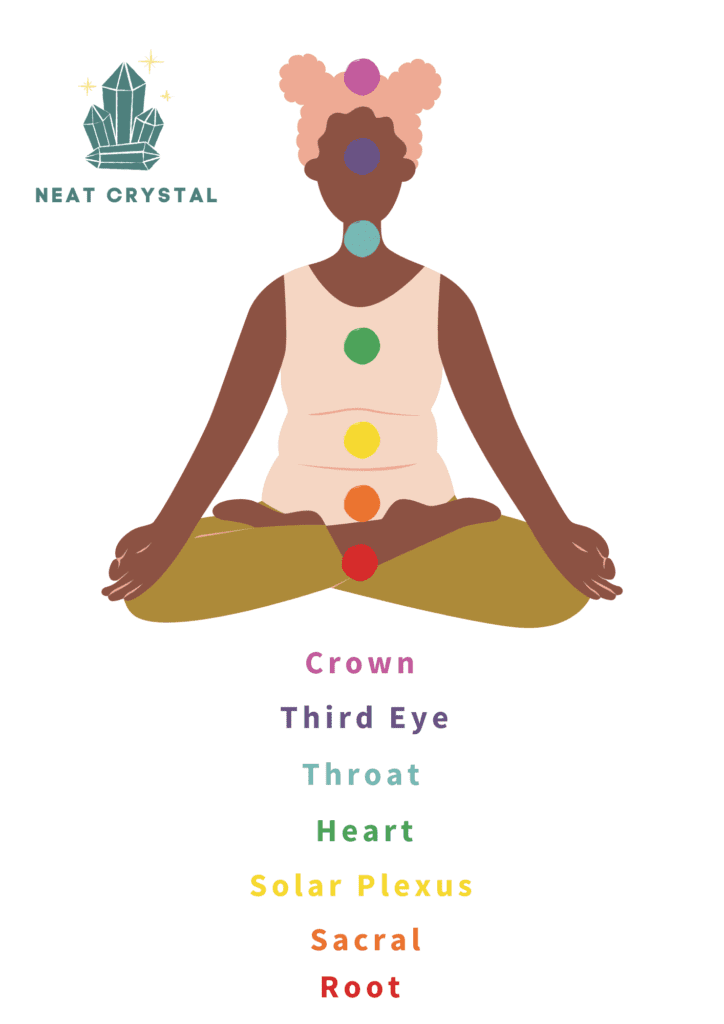
The third eye chakra is found between the eyebrows and is responsible for intellect and divine wisdom. The color of this chakra is indigo. An activated third eye chakra unlocks spiritual awareness and psychic abilities. Blockages on the chakra can be characterized by migraines, headaches, and blurred vision.
The throat chakra is the area from the mouth through to the throat. It represents communication and self-expression and is represented by blue. When the throat chakra is activated, you become a better communicator and are able to engage in meaningful conversations. Blockages are seen in the inability to speak out your opinions and throat-related illnesses.
Element Association
Many cultures have developed the idea of elements to explain nature. In the west, this idea was created by the ancient Greeks and consisted of 4 elements: Earth, Air, Fire, and Water.
The 4 elements represent the following:
- Earth for personal growth, stability and security
- Water for love, friendships and emotions
- Air for intellect, wisdom and communication
- Fire for energy, passion and action
By looking at a crystal’s or gemstone’s properties, we can determine which element fits best.
For iolite, the best match is air, representing knowledge, intellect, and communication. Working with this element might be beneficial if your feel you struggle to communicate or feel you’re lacking clarity of mind. It could also help if you’re working with too much earth. This can manifest as an obsession with the physical, or material wealth.
Tanzanite is associated with both air and water elements. c


Zodiac Association
Iolite isn’t a birthstone, but is connected to Saturn, which rules Capricorn. It is also particularly compatible with Taurus and Sagittarius zodiac signs. The stone facilitates cosmic and astral connection to people born under these zodiac banners.
Tanzanite is the modern birthstone for December, hence its compatibility with the Sagittarius and Capricorn zodiac sign. Tanzanite can be used as talismans for guidance. The stones also protect the sign’s spirit and psychic abilities.
If you feel you want to work with these stones, but are not one of these zodiac signs, feel free to do so anyway! These stones and signs are just particularly compatible, but this doesn’t mean you can’t use them if you have a different sign.


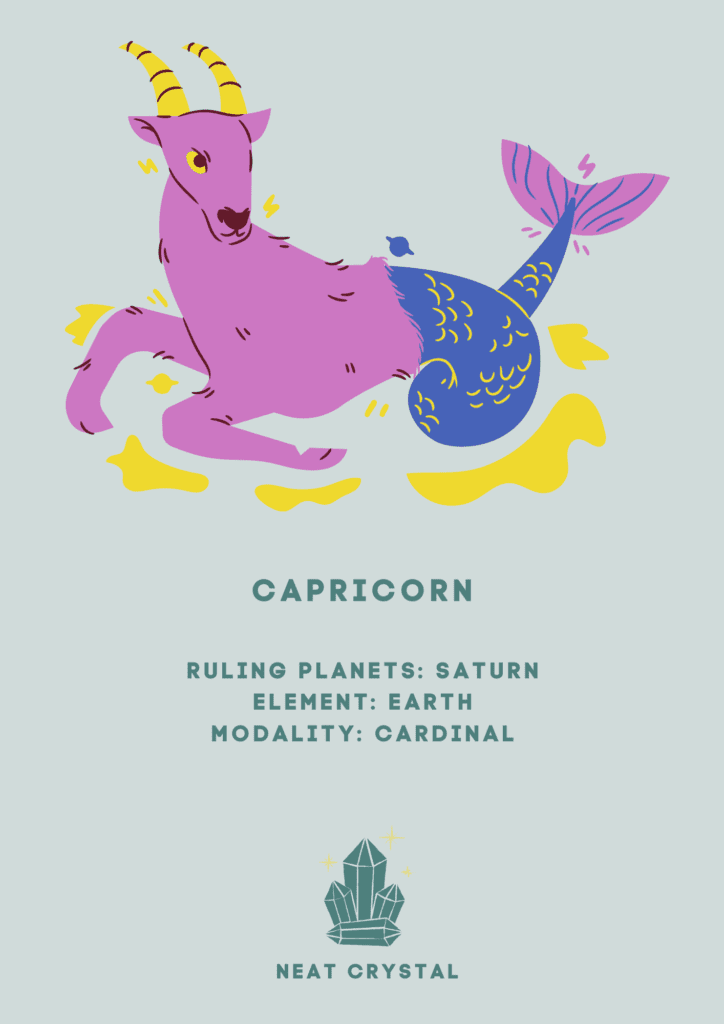
Ruling Planets
Both stones are associated with Saturn. This planet is often referred to as the god of karma and discipline. The planet represents justice, career, values, and virtues.
These stones’ association with Saturn means they are perfect if you’re wanting to accomplish something that requires determination and hard work. It’ll make you feel confident and allow you to trust yourself while working towards your goals.
Also read: Amethyst and Citrine (Ametrine): Combination Against Anxiety and Depression
Numerical Vibration
Tanzanite vibrates at 2. In numerology, this is a number that carries feminine energies that represent power and grace. It promotes peace, harmony, and balance in any situation. It is also known to possess intuitive abilities, which encourage connection and compassion towards ourselves and others. Number 2 can also represent duality and partnerships.
Iolite vibrates at 7, which represents truth, spirituality, and completion.
Uses
There are many different ways to use these stones. Below we’ll outline a few options for you.
Jewelry
Both stones have an aesthetically pleasing blue color that is very desirable in jewelry. Both stones are popularly made into engagement rings. However, if you plan to wear these stones every day, iolite is preferred, as it is more durable. If you’re looking for a harder stone with a saturated blue/violet color, think of amethyst (7), topaz (8) or sapphire (9).
Wearing jewelry is the best way to include these stones into your life, as they allow you to work with the stone’s energy all day. Make sure to wear them on your skin, which will allow you to reap the most of the stone’s benefits.
Meditation
Both stones are effective in meditation practices. They will soothe and calm a troubled mind, which is paramount in this practice. Both stones will work on the third eye and throat chakra, which facilitates concentration, psychic vision, and communication. If this is something you’re looking for, I’ll leave a guided meditation for the third eye chakra below:
Best Combinations
To get the most out of our work with crystals, it can be incredibly beneficial to pair and combine crystals with similar properties. This way, they can strengthen and enhance each other. Below you’ll find some interesting options.
Iolite can be used together with citrine and aventurine to manifest money and wealth. This is a good combination when you are overburdened by debt and financial responsibilities. Amethyst can also be paired with this stone to break conflict patterns and bad energies. The pair will bring compassionate and gentle healing energies.
Tanzanite can be used together with garnet to increase nurturing energies and for guidance. Paired with aquamarine, tanzanites will work wonders in the throat chakra. This pair will also bring trust, release, and vibrant energy flow.


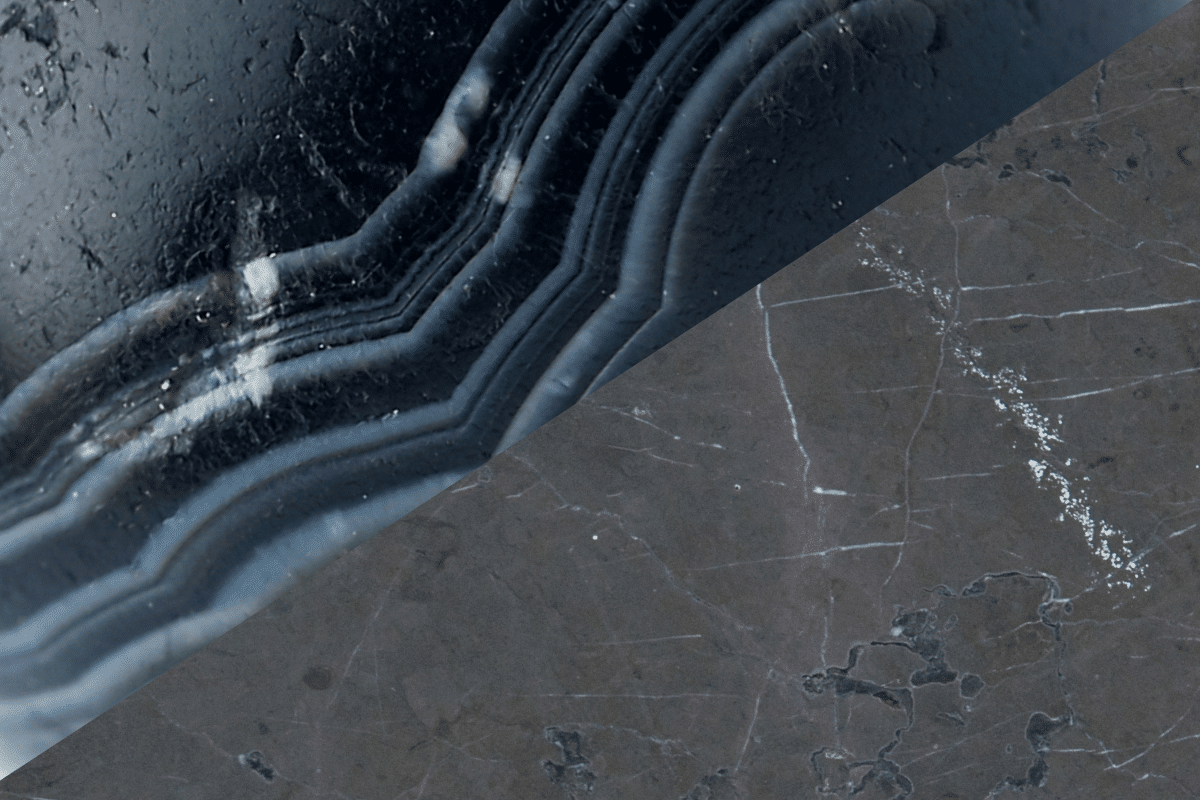
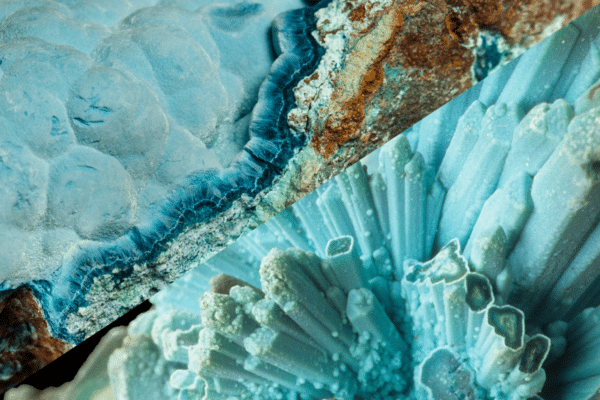
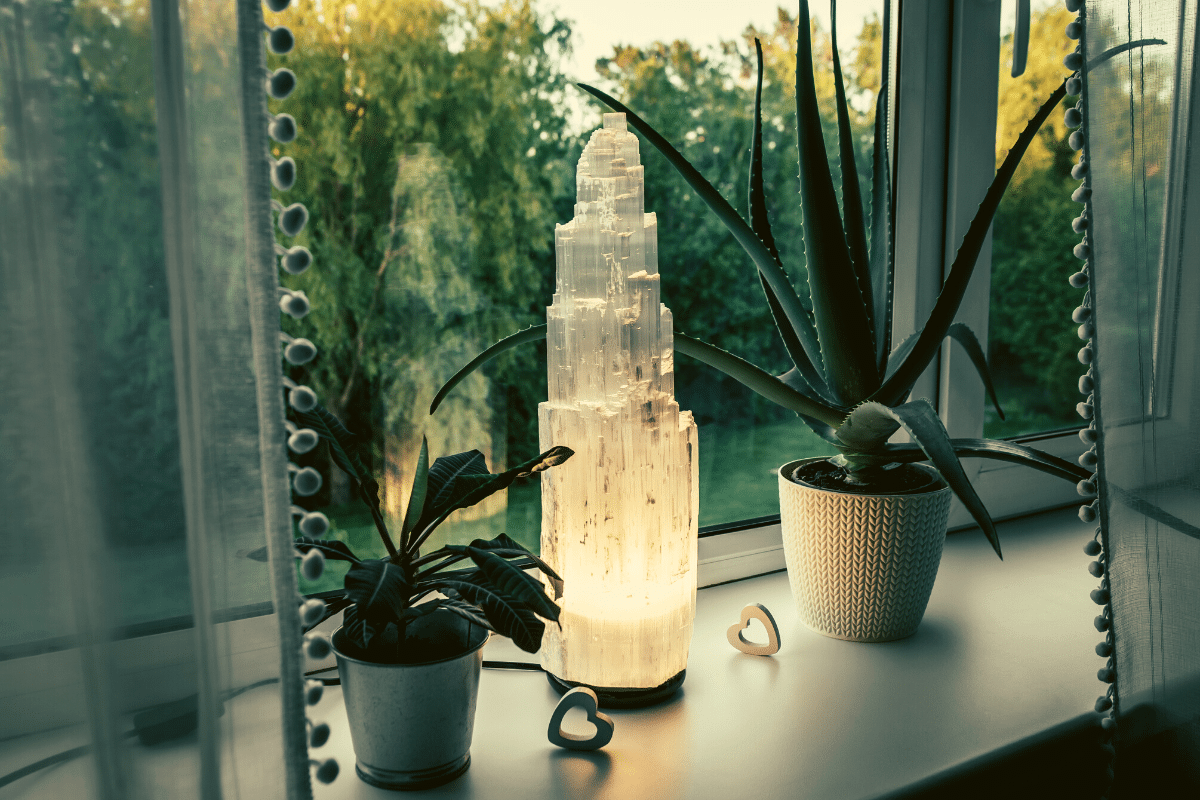


2 Comments